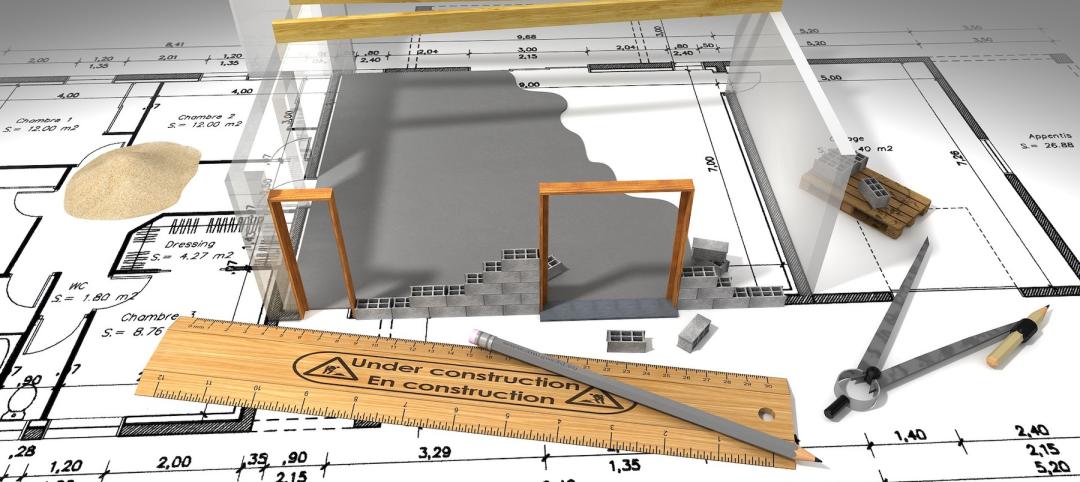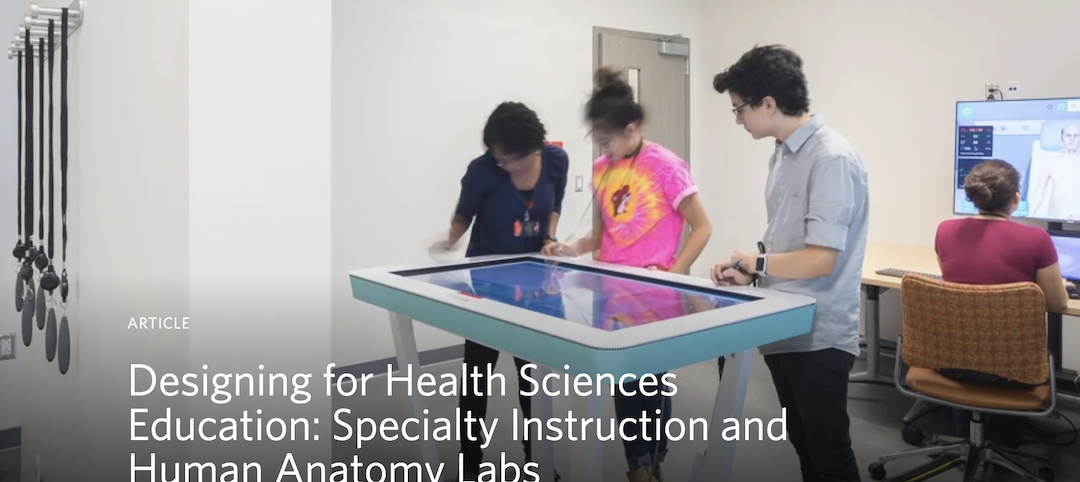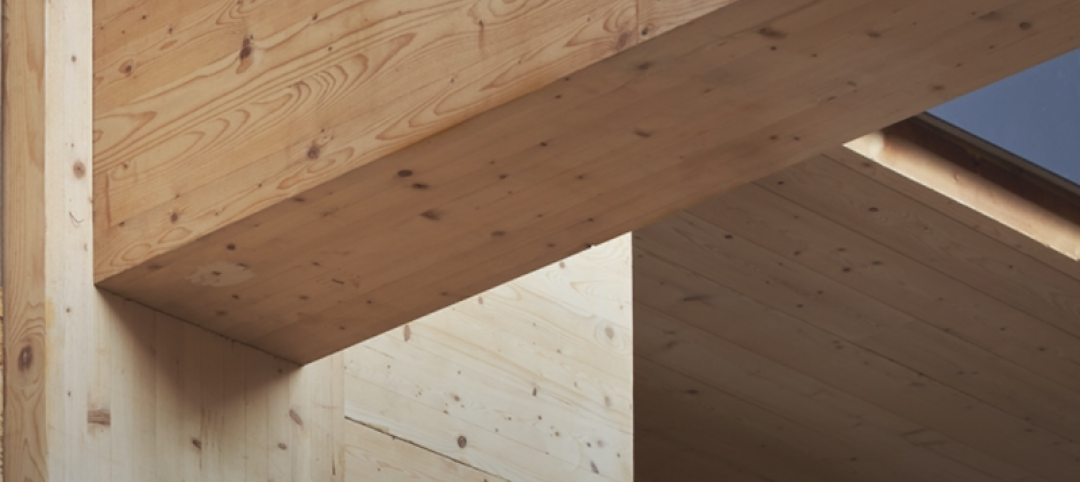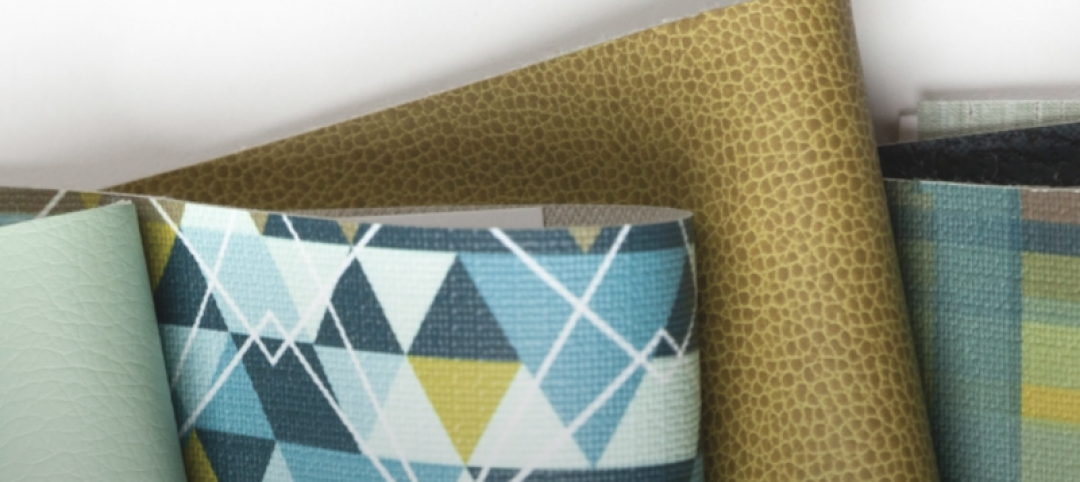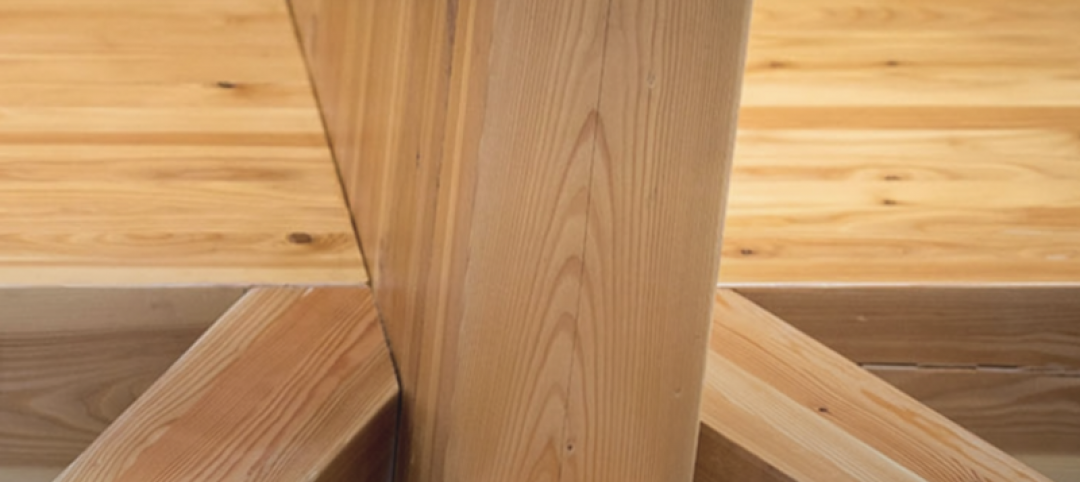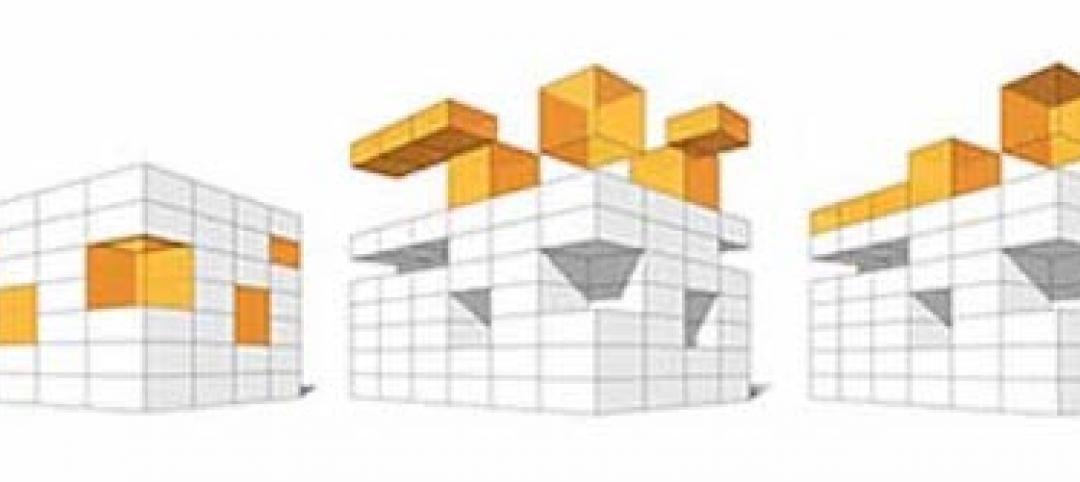If anyone would’ve asked me ten years ago what I would be doing today, the last thing I would’ve said is working for an architecture/engineering firm. Marine Biologist? Definitely. Geneticist? Absolutely. A Strategic Innovation Designer? Not a chance. But now I can’t imagine another role that could tap into all the parts of my brain more than what I do now. It took me awhile to realize that.
I’m a part of HDR’s Strategic Innovation group. As a team, we work with clients around the globe to imagine the future and explore innovative strategies, services, visions, products and opportunities to shape it. Our team uses many tools to do this, one of which is starting to become quite a buzzword in just about every industry—design thinking.
Design thinking is a process to help solve problems and generate ideas. It starts with defining a problem and then moves into identifying the human need, which we determine mostly through a social science called ethnography. After we’ve identified the problem and human element, we begin a process that involves the creation and iteration around lots and lots and lots of ideas. You know those pictures you see of walls covered in sticky notes? Yeah, that’s what happens here. After this point, you move onto the last phase of the process, which involves refinement, spread, and execution of the final idea(s). This process is very intuitive to a scientific mind like mine. The iteration process—which involves prototyping, testing, analyzing, and refining an idea—on the other hand, is one that I’ve struggled with.
I’m the type of person who likes to solve problems quickly. But when using design thinking and iteration, we’ll sometimes spend multiple days iterating idea after idea heads down, on the whiteboard or on paper, only to realize we still don’t have it right. Initially, these days would feel like a waste. However, when we look back, in that day, we may have uncovered one little kernel that sprouted into something bigger and eventually arrived at an incredible place. Without iteration, the ideas would’ve felt flat and hollow.
As I’ve continued to live in this world of iteration, there are some rules of engagement that have made this stage easier to grasp. Here are the ones that have helped me the most:
1. Fail often and fail fast: It’s kind of liberating. You actually have permission to mess up. In fact, it’s encouraged. The thought behind this is to not spend too much time developing things before getting it out to be tested. Get concepts (as rough as they may seem) into the hands of the user. Their course correction or validation is invaluable.
2. Be able to murder your darlings: It’s hardly as gruesome as it sounds. You know that really good idea you have that you swear is the next best thing? You know, the idea that turned out not to be that great, but you still think it is? Yep. That’s this. If that wonderful idea that you feel personally dedicated to just isn’t working out, you have to be ready to kill it and leave it behind. There’s no dwelling in iteration.
3. Once an idea is out, everyone owns it. Coming from the world of grant funding and research—where everyone is out to validate their own idea—this concept is particularly appealing. If I toss out a decent nugget of an idea and then three people add to it, expand upon it, and enhance it, everyone gets credit. There is no point in clinging onto who did what.
4. Less talking, more making. Some conversation is okay, but in order to be able to test things, you have to make things. This doesn’t mean you have to create a masterpiece. You just need to put something down in writing or drawing or whatever. It will allow you to see holes in your concepts and gaps in your story.
This constant battle of thinking, rethinking, refining, rinse, and repeat can be hard for someone who sees the world in facts, numbers and universal truths (like gravity, algebra and mitosis). However, design thinking has caused me to look at things in a different way: numbers are only valuable in the context of a story, facts change, and there are very few things that are absolute truths.
Don’t get me wrong. There are days when I still yearn for a good long algebra problem to make sure all is right in the world. But mostly, I am grateful for this expansion into the way I approach problems and have learned to appreciate the puzzle solving that is design thinking.
About the Author
Amy Lussetto is a Strategic Innovation Designer based in HDR's Phoenix office. She started her career in the science industry, both as an analytical chemist and later as a researcher in the field of neuroscience. She later joined HDR's Adaptive Analytics team where she performed demand and capacity planning and helped pioneer the use of a new simulation tool for process improvement that creates virtual environments of real data, processes, and capacity to test scenarios before they are implemented. Today, she uses her passionate analytical mind as a Strategic Innovation Designer, using human-centered design to produce game-changing ideas. More on Lussetto.
Read more posts on HDR's BLiNK blog
More from Author
HDR | Jun 30, 2022
Adopting a regenerative design mindset
To help address the current climate emergency, a new way of thinking across the entire architecture, engineering and construction industry is imperative.
HDR | Jan 11, 2022
Designing for health sciences education: supporting student well-being
While student and faculty health and well-being should be a top priority in all spaces within educational facilities, this article will highlight some key considerations.
HDR | Sep 28, 2021
Designing for health sciences education: Specialty instruction and human anatomy labs
It is a careful balance within any educational facility to provide both multidisciplinary, multiuse spaces and special-use spaces that serve particular functions.
HDR | Aug 20, 2021
Prioritizing children’s perspectives with play-based design charrettes
Every effort is made to assure that captured insights and observations are authentically from the children.
HDR | Sep 25, 2020
Performance-based textile cleaning and disinfection in the age of COVID-19
It is essential for both designers and environmental services to know the active ingredient(s) of the cleaning products being used within the facility.
HDR | Jan 27, 2020
Elevating the human experience in public realm infrastructure
Understanding the complexities of a community by pairing quantitative data and human needs.
HDR | Oct 2, 2019
Why mass timber?
In a world where the construction industry is responsible for 40% to 50% of CO2 emissions, renewable materials, such as wood, can help mitigate the rate of global warming.
HDR | Aug 23, 2019
5 converging trends for healthcare's future
Our solutions to both today’s and tomorrow’s challenges lie at the convergence of technologies, industries, and types of care.
HDR | Dec 18, 2018
Redesigning the intergenerational village: Innovative solutions for communities and homes of the future
Social sustainability has become a central concern in terms of its effect that spans generations.


